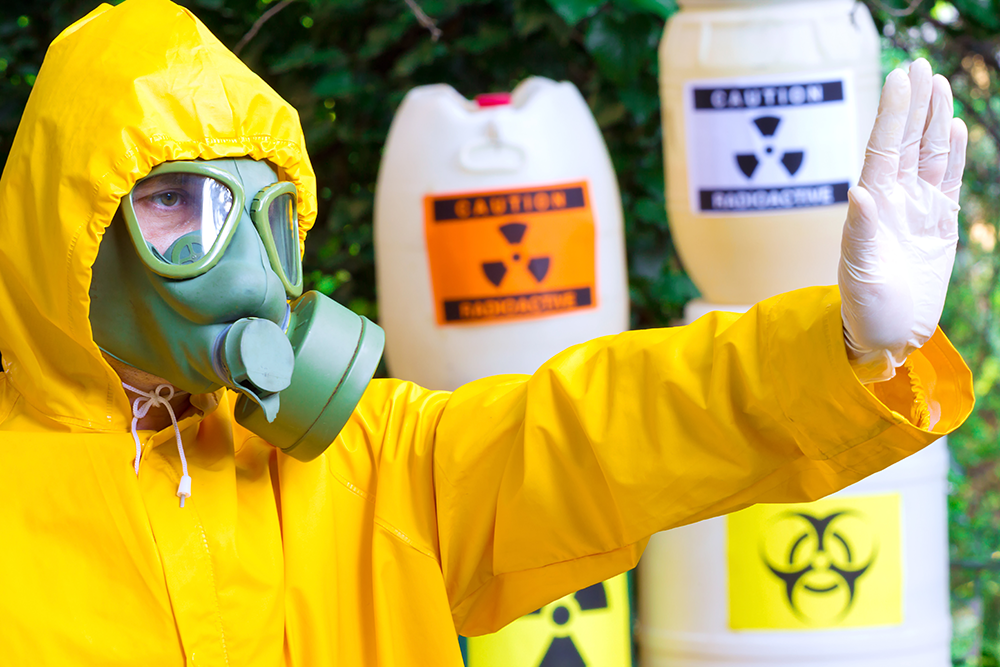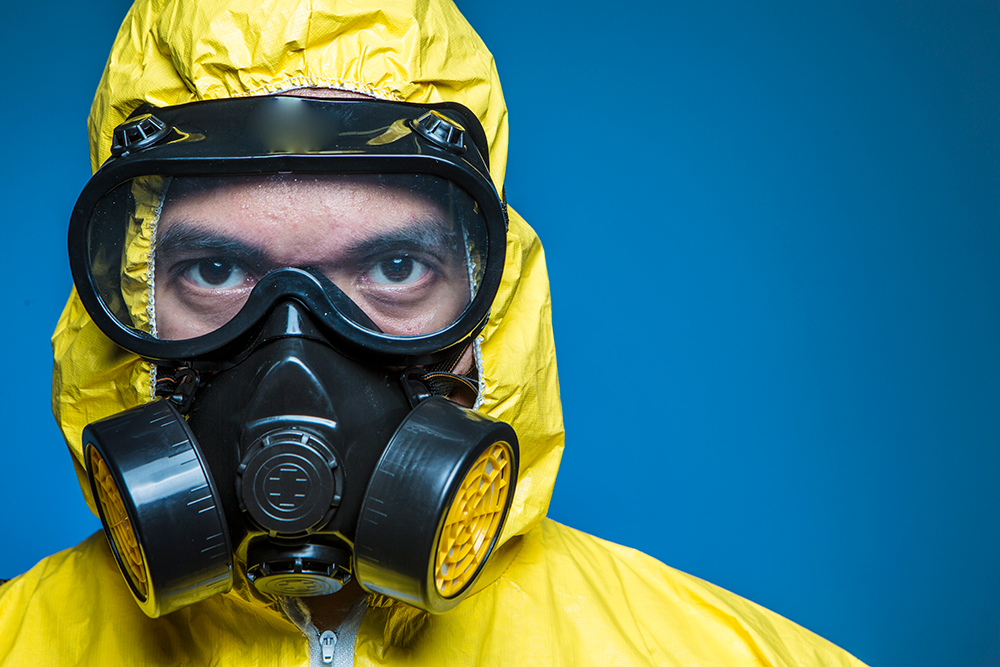Decomposition Death Clean Up: Specialized and Respectful Remediation
Decomposition Death Clean Up: Specialized and Respectful Remediation
Blog Article
Specialist Biohazard Cleansing and Decontamination for Blood, Bodily Fluids, and Hazardous Products
The possible wellness threats connected with direct exposure to biohazards highlight the important demand for thorough handling and complete cleaning. As we navigate the elaborate landscape of biohazard cleanup, understanding the subtleties of laws, conformity, and the specific equipment at play becomes essential in ensuring a thorough and secure purification process.
Health Threats of Biohazard Direct Exposure
Exposure to biohazards presents considerable health and wellness threats that can result in serious consequences for communities and individuals alike. Biohazards encompass a large range of biological compounds, consisting of blood, physical liquids, mold, bacteria, infections, and other potentially contagious materials. When people come into call with these biohazards, whether through crashes, incorrect handling, or ecological exposure, they face the threat of contracting significant health problems or conditions.
One of the key health and wellness threats connected with biohazard direct exposure is the transmission of infectious conditions. Bloodborne pathogens such as HIV, liver disease B and C, and various germs can be existing in biohazardous materials, presenting a direct danger to human wellness. Inhaling airborne biohazards like mold and mildew spores or entering into contact with contaminated surface areas can additionally result in respiratory system issues, allergies, and various other adverse health impacts.
Furthermore, biohazard exposure can have long-term wellness ramifications, with some conditions showing up years after the initial call (Blood Cleanup). Therefore, it is vital to focus on proper biohazard cleaning and decontamination to alleviate these wellness threats and ensure the security of areas and individuals

Specialized Training for Biohazard Clean-up
When it comes to handling biohazard cleaning successfully and securely, specialized training plays a basic role in ensuring correct purification procedures are followed. Biohazard cleaning calls for certain knowledge and skills to properly alleviate dangers connected with bloodborne pathogens, physical fluids, and unsafe products. Specialists educated in biohazard clean-up undergo strenuous direction on how to securely deal with, get rid of, and dispose of biohazardous products to avoid contamination and exposure.
Specialized training for biohazard clean-up covers a variety of essential topics, consisting of appropriate individual protective tools (PPE) usage, bloodborne virus understanding, purification methods, and hazardous waste disposal procedures. Individuals educated in biohazard cleaning are furnished with the necessary experience to examine contamination degrees, recognize potential dangers, and implement proper cleaning procedures in conformity with regulatory requirements.
Continual training and education are paramount in the area of biohazard cleaning to stay updated on the current decontamination modern technologies, safety procedures, and laws. By buying specialized training, biohazard cleaning professionals can efficiently react to emergency situation cleanup circumstances and secure both public wellness and the environment.
Significance of Appropriate Purification Strategies
Utilizing proper decontamination methods is vital in biohazard cleaning to effectively decrease and remove hazardous materials health risks. Effective decontamination not only guarantees the removal of visible traces of blood, bodily fluids, and other biohazards however likewise targets unnoticeable microorganisms that may position severe health and wellness dangers otherwise appropriately removed. By complying with rigid decontamination procedures, trained professionals can considerably decrease the risk of direct exposure to unsafe microbes, infections, and Biohazard removal germs that might cause infections or illness.
Appropriate decontamination techniques involve using specific devices and disinfectants that are specifically made to counteract biohazards successfully. Complete cleaning and disinfection of infected locations are vital to avoid the spread of pathogens and make certain a risk-free atmosphere for occupants. In addition, the appropriate disposal of biohazardous waste following purification procedures is crucial in protecting against contamination of other surfaces or individuals.

Devices and Devices for Safe Cleanup
When dealing with blood, bodily fluids, or harmful materials, biohazard cleaning professionals rely on specialized equipment to reduce direct exposure risks and extensively sanitize the damaged location. Additionally, biohazard cleaning kits containing disinfectants, absorptive materials, and biohazard bags are made use of to securely consist of and dispose of infected things.
Advanced cleaning tools like hospital-grade disinfectants, HEPA-filtered vacuum cleaners, and misting devices are employed to disinfect surface areas and eliminate biohazards efficiently. Specialized equipment such as sharps containers and biohazard garbage disposal bins are utilized to securely handle sharp things and biohazardous waste materials. By utilizing the appropriate devices and tools, biohazard cleansing experts can ensure a comprehensive cleaning process that prioritizes safety and reduces health and wellness risks for both employees and occupants of the damaged area.
Rules and Compliance in Biohazard Cleansing
Correct adherence to policies and conformity standards is extremely important in biohazard cleaning to ensure the security of both personnel and the atmosphere. Federal government companies such as OSHA (Occupational Safety And Security and Health And Wellness Management) and the EPA (Environmental Security Firm) have developed specific guidelines for biohazard cleaning procedures to lessen health dangers and ecological contamination. These policies cover a variety of aspects consisting of the handling, transport, and disposal of biohazardous materials, in addition to the essential training and protective devices needed for personnel associated with the cleaning procedure.
Biohazard cleaning business have to stay up-to-date with these guidelines to assure that their operations meet the needed safety and security standards. Failure to abide by these guidelines can cause severe consequences, including penalties, lawful activity, and endangering the health of individuals and the atmosphere. By complying with rigorous regulations and compliance measures, biohazard cleaning business can successfully alleviate threats and make certain a risk-free and extensive clean-up procedure for all celebrations involved.
Verdict
To conclude, biohazard cleaning and purification require specific training, proper strategies, and adherence to policies. Exposure to blood, bodily fluids, and unsafe products postures substantial health and wellness dangers, making it important to make use of the best tools and tools for risk-free cleaning. By complying with rigorous protocols and standards, professionals can successfully minimize the dangers associated with biohazard direct exposure and make sure the security of both themselves and others.
As we navigate the detailed landscape of biohazard cleaning, comprehending the nuances of laws, conformity, and the specific tools at play becomes critical in guaranteeing a comprehensive and risk-free purification procedure. (Blood Cleanup)
When it comes to handling biohazard clean-up efficiently and securely, specialized training plays a fundamental duty in making sure proper purification procedures are adhered to.Using correct decontamination techniques is critical in biohazard cleanup to successfully remove hazardous materials and minimize health dangers. In addition, biohazard cleaning sets containing disinfectants, absorptive materials, and biohazard bags are used to safely get rid of and have of infected things.
Government firms such as OSHA (Occupational Safety and Health And Wellness Management) and the EPA (Environmental Defense Agency) have actually developed specific guidelines for biohazard clean-up treatments to minimize health dangers and ecological contamination.
Report this page